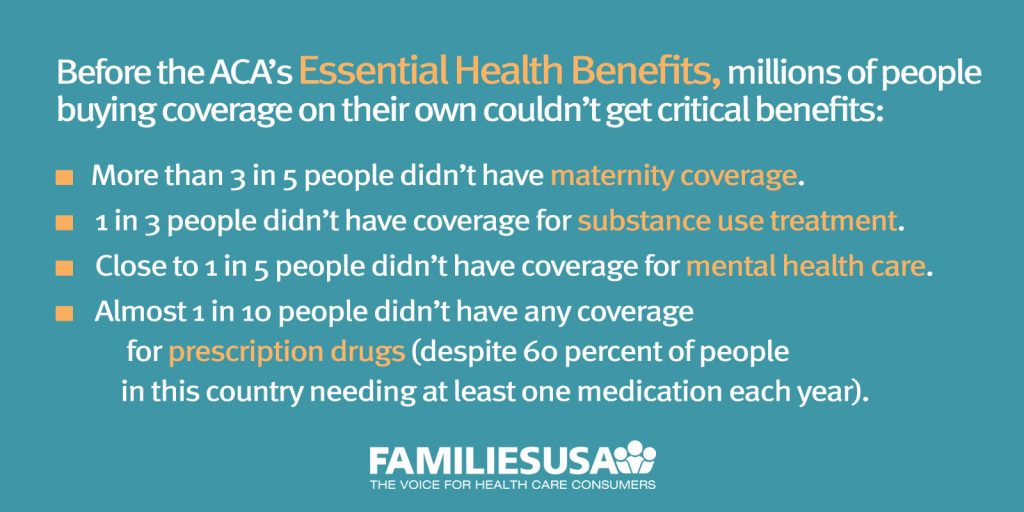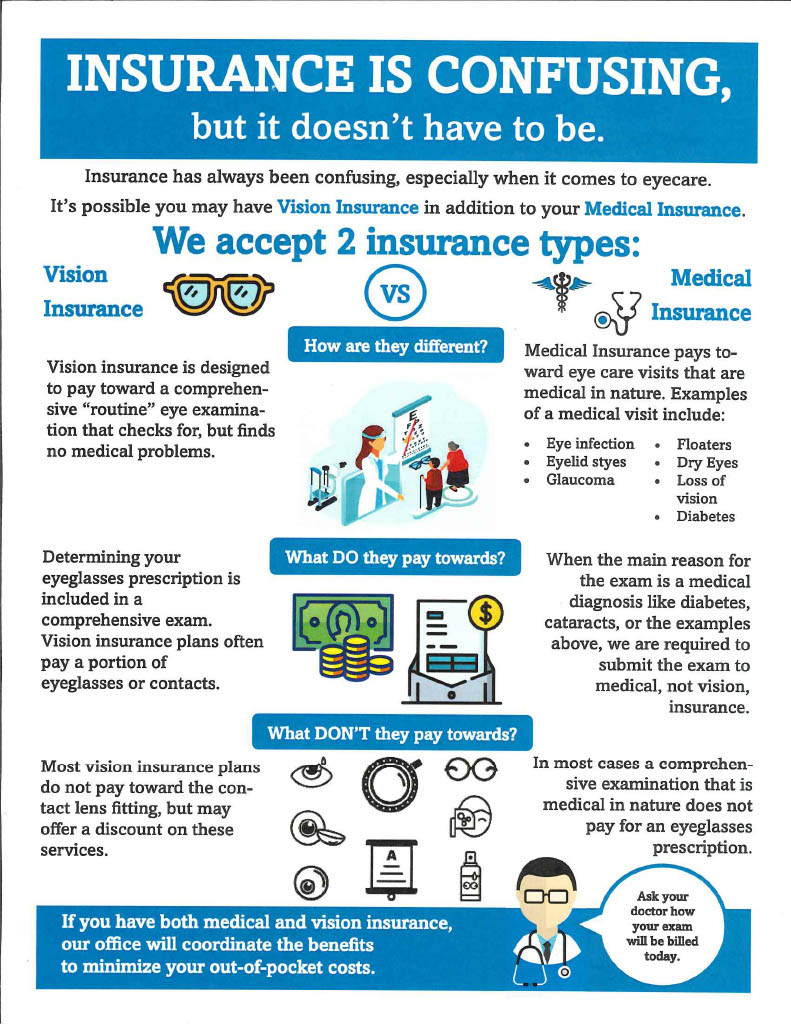Medicare Advantage Agent Things To Know Before You Get This
Medicare Advantage Agent Things To Know Before You Get This
Blog Article
10 Easy Facts About Medicare Advantage Agent Shown
Table of ContentsHow Medicare Advantage Agent can Save You Time, Stress, and Money.How Medicare Advantage Agent can Save You Time, Stress, and Money.Excitement About Medicare Advantage Agent

complies with from confusing the relatively young age account of the without insurance with the better health, usually, of more youthful individuals. This obscures the link in between wellness condition and health and wellness insurance. For those without access to workplace wellness insurance, bad health and wellness is a possible barrier to buying nongroup insurance coverage because such insurance coverage may be highly priced, leave out pre-existing conditions, or be just not available. The variety of uninsured Americans is not specifically huge and has not changed in recent times. 7 out of 10 respondents in a country wide depictive study believed that less Americans did not have medical insurance than actually do(Fronstin, 1998). Roughly fifty percent(47 percent )thought that the variety of individuals without medical insurance decreased or remained constant over the latter half of the last decade(Blendon et al., 1999). This drop of almost 2 million in the number of individuals 'without insurance (a decrease
of about 4 percent)is definitely a positive adjustment. With a softer economic situation in 2000 the most up to date reported gains in insurance policy protection may not continue(Fronstin, 2001 ). The decline in the number of without insurance will certainly not continue if the economy stays slow and healthcare costs remain to outmatch inflation. This is due to the fact that the information were gathered for a period of strong economic performance. Of the estimated 42 million individuals that were uninsured, just about about 420,000(about 1 percent)were under 65 years of age, the age at which most Americans become qualified for Medicare; 32 million were grownups in between ages 18 and 65, about 19 percent of all adults in this age group; and 10 million were youngsters under 18 years old, about 13.9 percent of all children (Mills, 2000). These estimates of the number of persons without insurance are generated from the annual March Supplement to the Existing Populace Survey (CPS), conducted by the Census Bureau. Unless or else kept in mind, national estimates of individuals without health insurance coverage and percentages of the populace with different sort of insurance coverage are based upon the CPS, one of the most extensively made use of resource of estimates of insurance protection and uninsurance rates. These studies and the price quotes they produce are described briefly in Table B. 1 in Appendix B - Medicare Advantage Agent. These surveys vary in dimension and sampling approaches, the concerns that are inquired about insurance policy
Medicare Advantage Agent Fundamentals Explained
insurance coverage, and the moment period over which insurance protection or uninsurance is gauged(Lewis et al., 1998, Fronstin, 2000a ). Still, the CPS is particularly useful because it creates annual quotes fairly rapidly, reporting the previous year's insurance policy coverage estimates each September, and because it is the basis for a constant collection of quotes for more than twenty years, enabling evaluation of trends in coverage with time.

8 Easy Facts About Medicare Advantage Agent Explained
Over a three-year period beginning early in 1993, 72 million people, 29 percent of the united state populace, were without insurance coverage for at the very least one month. Within a single year(1994), 53 million people experienced at the very least a month without coverage(Bennefield, 1998a). Six out of every ten uninsured adults are themselves utilized. Although working does enhance the likelihood that one and one's member of the family will have insurance, it is not a warranty. Also members of families with two full time breadwinner have virtually a one-in-ten possibility of being uninsured (9.1 percent without insurance rate)(Hoffman and Pohl, 2000 ). The partnership between medical insurance and access to care is well established, as documented later on in this chapter. Although the connection between medical insurance and wellness end results is neither straight neither simple, a comprehensive professional and health services research literary works links health and wellness insurance protection
to better accessibility to care, better high quality, and enhanced personal and populace wellness condition. The second report, on individual health outcomes for without insurance grownups, is stood for by the innermost circle of the figure, while the 3rd record, on family members health, encompasses the topics of the 2nd record but stresses a various unit of evaluation, particularly, the family. The 6th report in the series will certainly offer details regarding strategies and initiatives embarked on locally, statewide, or nationally to attend to the absence of insurance policy and its damaging influences. Levels of analysis for taking a look at the impacts of uninsurance. This discussion of health insurance policy coverage focuses primarily on the united state populace under age 65 since practically all Americans 65 and older have Medicare or other public protection.
It focuses specifically on those without any health and wellness insurance for any size of time. The problems dealt with by the underinsured are in some aspects comparable to those dealt with by the uninsured, although they are generally less extreme. Uninsurance and underinsurance, nevertheless, involve definitely different plan concerns, and the strategies for resolving them may vary. Throughout this study and the 5 reports to adhere to, the major emphasis gets on individuals without any health and wellness insurance and hence no aid in paying for healthcare beyond what is offered via charity and security net organizations. Health and wellness insurance policy is an effective factor impacting click this receipt of treatment due to the fact that both clients and medical professionals react to the out-of-pocket cost of solutions. Wellness insurance policy, nevertheless, is neither necessary neither enough to get to medical solutions. However, the independent and straight result of wellness
insurance protection on access to wellness solutions is well established. Others will certainly obtain the wellness care they require even without medical insurance, by spending for it out of pocket or seeking it from providers who offer care complimentary or at extremely subsidized prices. For still others, medical insurance alone does not make certain invoice of treatment because of various other nonfinancial barriers, such as a lack of healthcare service providers in their neighborhood, restricted accessibility to transportation, illiteracy, or linguistic and cultural differences. Official study about without insurance populations in the United States dates to the late 1920s and very early 1930s when the Committee on the Price of Medical Treatment produced a series of reports concerning funding physician office check outs and hospital stays. This concern ended up being prominent as the numbers of medically indigent climbed up throughout the Great Depression. Empirical researches continually support the web link between accessibility to care and boosted wellness results(Bindman et al., 1995; Starfield, 1995 ). Having a regular resource of care can be considered a forecaster of accessibility, as opposed to a direct action of it, when health and wellness results are themselves used as accessibility indicators. This expansion of the concept of gain access to dimension was made by the IOM Board on Monitoring Access to Personal Wellness Care Services(Millman, 1993, p. Whether moms and dads are insured appears to impact whether or not their kids get treatment in addition to just how much careeven if the youngsters themselves have coverage(Hanson, 1998). The health of parents can influence their capability to care for their children and the degree of family stress and anxiety. Bothering with their youngsters's access to care is itself a resource of stress for learn the facts here now moms and dads. 3 chapters comply with in this report. Chapter 2 offers a review of exactly how employment-based wellness insurance, public programs and private insurance plan operate and communicate to provide extensive yet incomplete coverage of the U.S. populace. This consists of an evaluation of historical trends and public policies influencing both public and personal insurance, a discussion of the interactions amongst the different sorts of insurance coverage, and an examination of why people move from one program to one more or finish up

Report this page